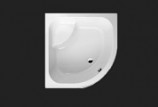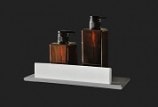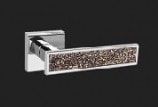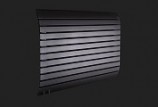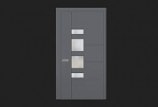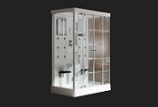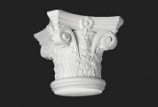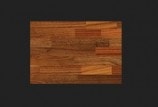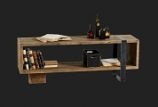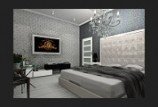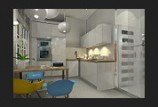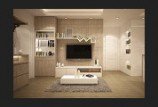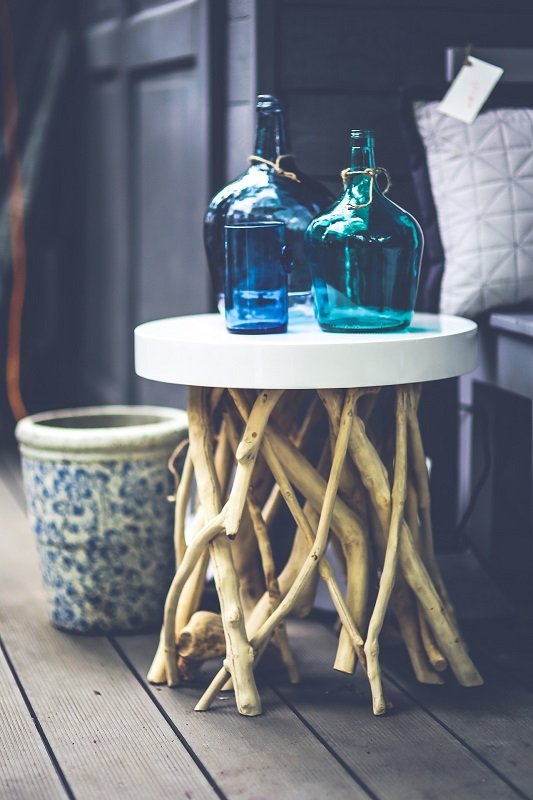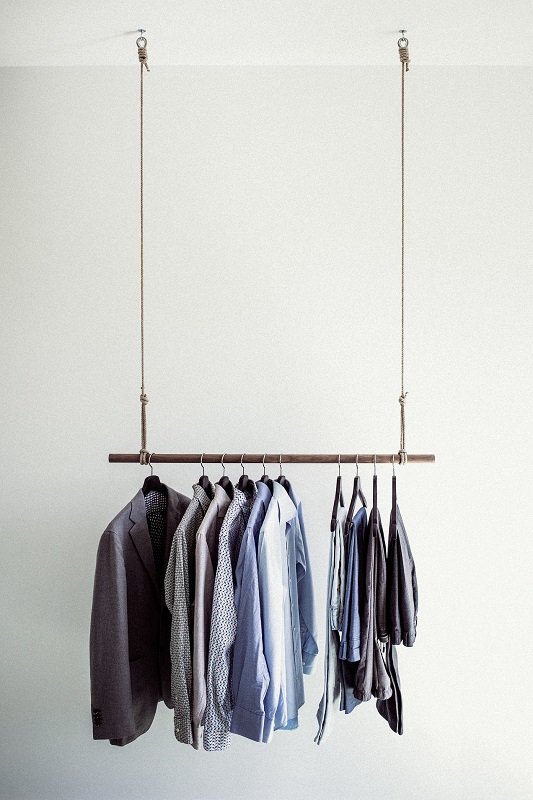Designing furniture
Furniture design is a service that increases the possibility of creating individually equipped interior. In living rooms and offices it is furniture that play a major role, and in kitchens, bathrooms and hallways, even though they are not usually the most important in terms of aesthetics, it also draws attention and we do our best to stand out with something special.
Materials
The basic question we must ask a furniture designer, is definitely a question of material. Typical plywood or chipboard do not work in the kitchen or in the bathroom. On the other hand, laminates or HDF will not be matched well in terms of aesthetics. Of course, there are ways to protect even raw wood against moisture, while each project is slightly different and requires an individual approach. Each room is also a separate, independent aesthetic creation, but also a part of a larger whole, and this may reduce the freedom of the designer in using materials.
Styles, finishes, decors
When speaking of stylish furniture, we usually mean only a few specific types of furniture, but in fact, each piece of furniture is kept in a particular style. Furniture designers use various materials and decorative motives to make the styling of their projects. It is through this process created furniture retain its functionality, and deriving the best practices and patterns, it remains quite unique. This is a difficult art of designing, because each style uses only a limited number of decorative solutions, and they are not mixed with each other between the styles. Artistic vision of a designer can draw extensively from the aesthetics of all styles, the more that individually designed furniture reflect the unique character of the interior. However, the designer has to answer the question, to what extent he must reduce its creative freedom, in order to fit the furniture into the interior, to keep aesthetics and retain full functionality.
Where do individual projects of furniture prove?
Everywhere! Each interior is different, and the need for small and large spaces are in terms of furniture, a very distinct. Investors represent different aesthetic tastes and individually designed furniture is also an expression of functionality, as evidenced by the simplest design of kitchen furniture, which takes into account the increase in the cook setting work heights at the appropriate level ensuring ergonomics of work.
Designing furniture is more than just a way leading to having the original equipment. Very often an individual project is the only way to ensure full functionality, as evidenced in small kitchens and bathrooms, as well as office or stylish living rooms, for which it is very difficult to find a functional and aesthetically matching furniture.
Designing furniture each time begins with the knowledge of the function and only later the dimensioning is made. This is logical, because many materials commonly used in the manufacture of furniture, for example, are sensitive to moisture or temperature. Only learning the purpose, you can decide on the choice of materials. Expectations for aesthetics are also important. These are important, because different materials give slightly different capabilities, for example when it comes to shaping surface – wood can be carved, but cheapboard not, aluminum can be easily shaped, but HDF not.
Art or work?
This dilemma is worth solving, because many people associate designing furniture with the preparation of complicated sketches. This, however, does not have to be – here again, priority is given to the fuction, then aesthetics follows. Aesthetic solutions that can be used for furniture, can be very diverse, the more that individually designed furniture does not have to be entirely made of a single material.
Designing furniture is not an expression of snobbery and the investors arranging small apartments as well as commercial premises and shops of all sizes are pretty aware of this truth. The key to a correct understanding of this issue is the effective use of space. Today, large apartments are very fashionable in which the furniture designed for individual contracts is primarily to add prestige or small flats, where it is as much an expression of concern for prestige as the necessity – for standard furniture usually does not allow for effective planning of the entire space, which makes storage and it is a serious obstacle to the creation of the arrangement with high aesthetic value.
Individualism and the work put into the execution of furniture
Execution of furniture designed individually usually requires many hours of work of the experienced artisans, as the majority of these projects are technically complicated, and as single copies are not implemented industrially. The effect therefore depends not only on the quality of the project itself, but also on the quality of workmanship, and it is worth mentioning that the project delivered to the investor is technically poorer – it is a kind of visualization, designed to show the appearance of the furniture future, and the artisan receives implementation plan – as in the case of interior designing. As a result, he has all information on the required materials, finishes, furniture assembly method etc. This is important because without the strict implementation of the project it is not possible to achieve full functionality provided for each piece of furniture.






